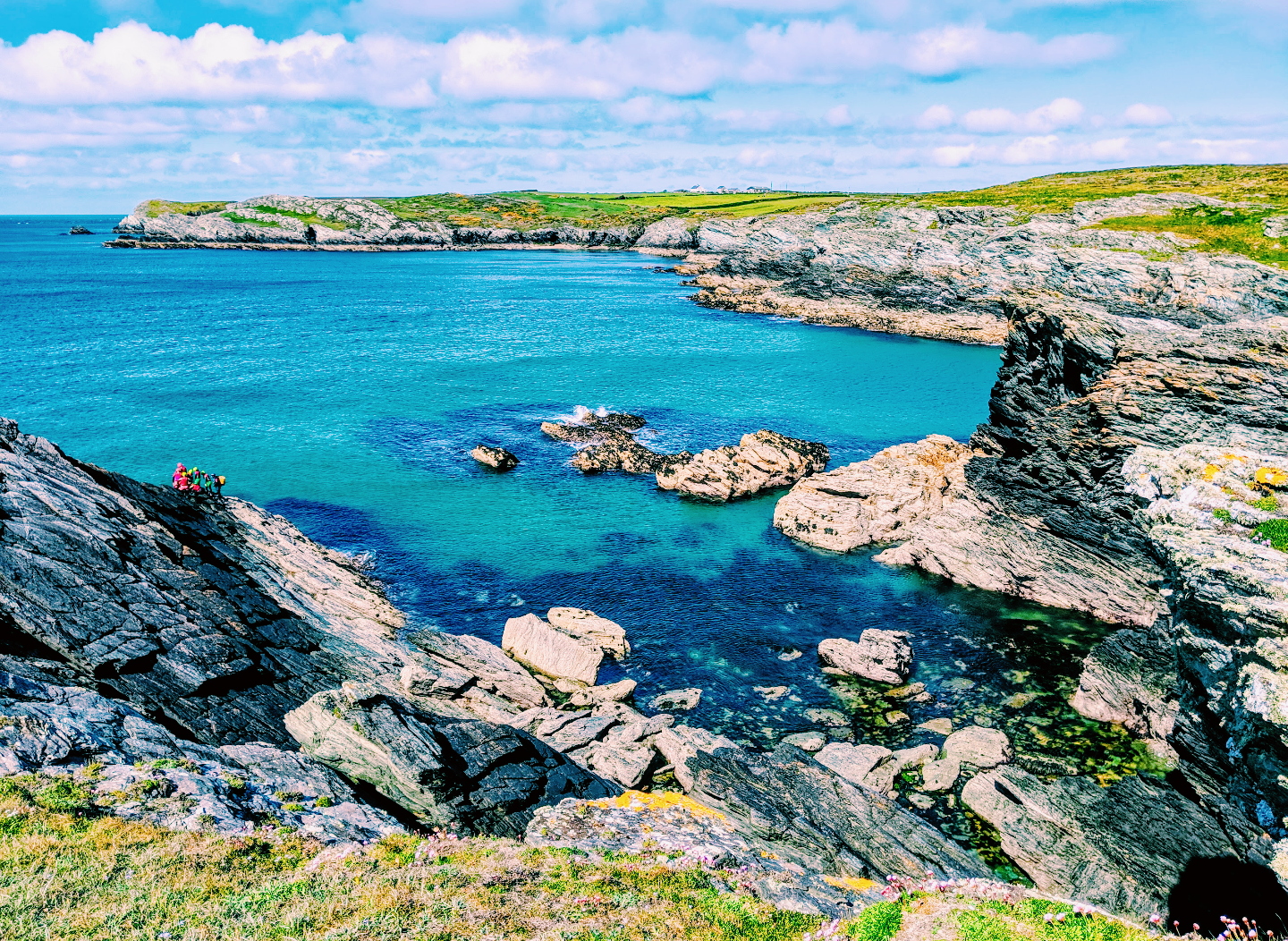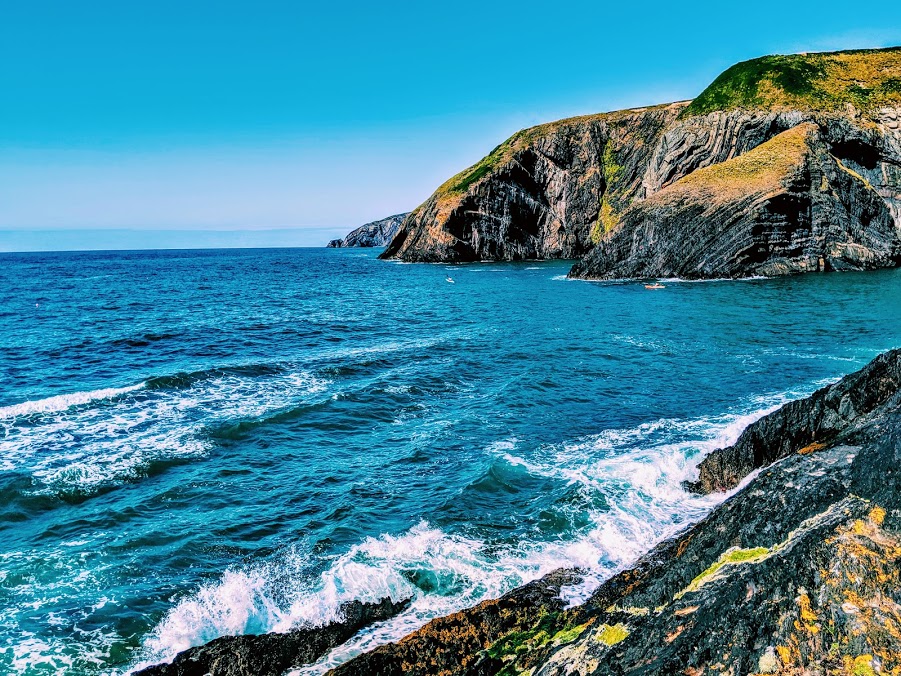“Look deep into nature and you will understand everything better.” Albert Einstein
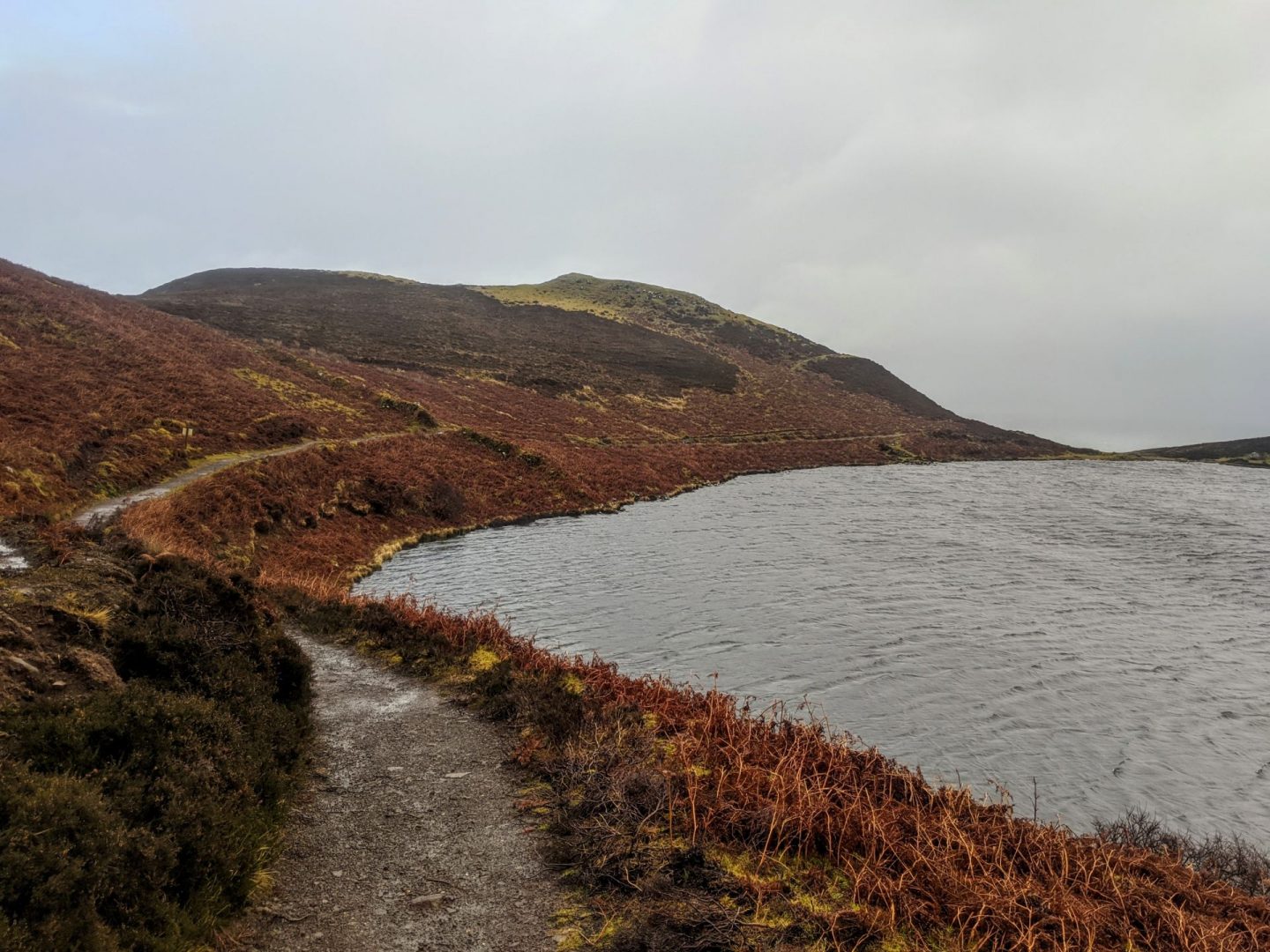
The fourth day on Skye finally got me with the weather, after spending the morning at the beach I decided to head inwards slightly and walk up a hill! Unfortunately mother nature had different plans and with gale force winds I decided to give up. It takes a lot for me to give up but if there is a risk of me being hurt I am pretty sure that is a good enough reason. Especially since as I decided to turn around the wind body slammed me into a rock at that point I was ready to give up with walking altogether! I do some pretty stupid stuff but I always consider my safety as important so I thought I would share some safety tips with you today.
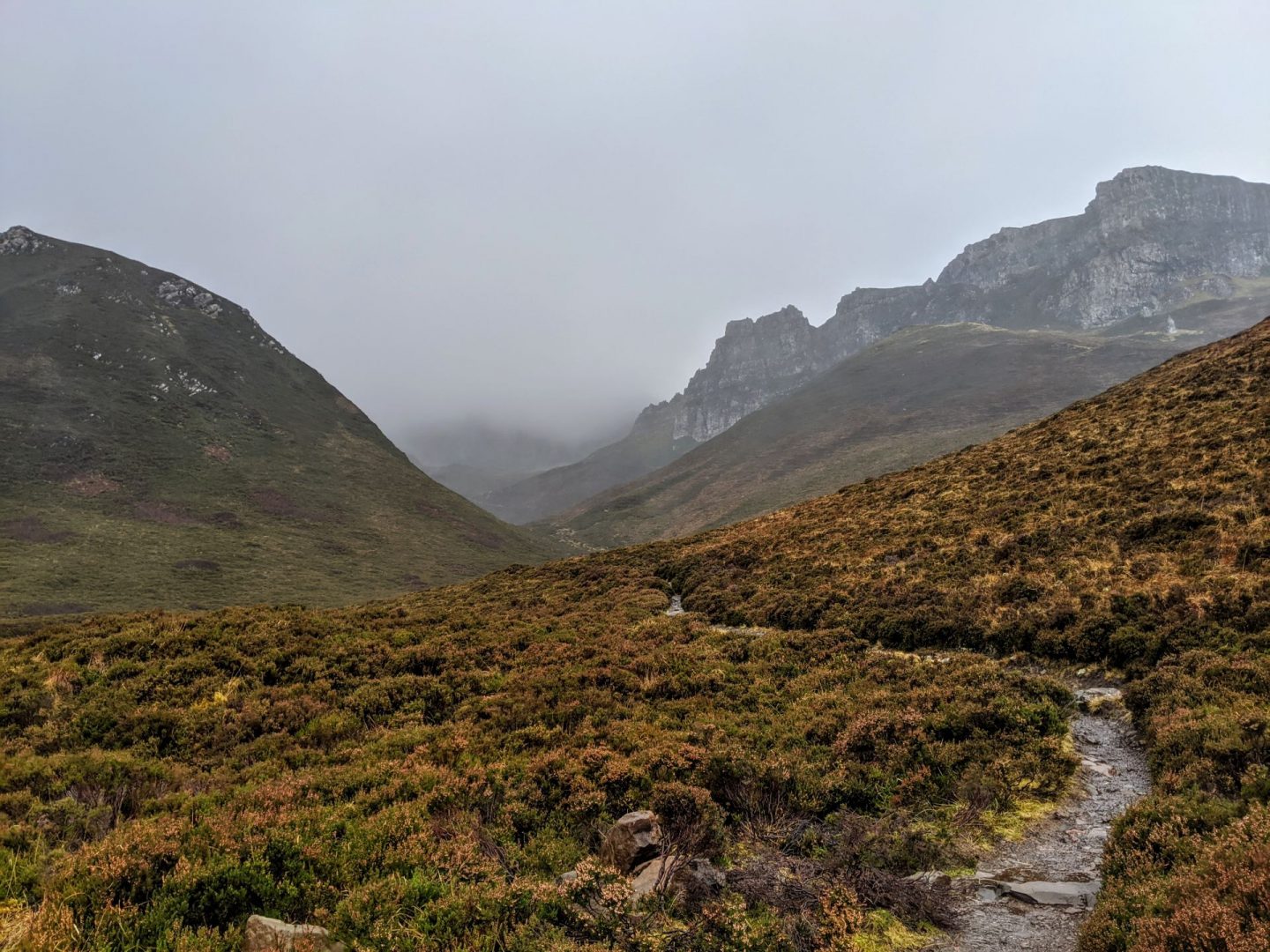
The level of planning required for a hike/walk or climb depends on lots of factors, including; weather forecast, experience, the intended route, etc. Plan for the best; taking the right kit, food, and know your limits. You need to think about these factors whether you’re doing a short walk up some hills, the National 3 Peaks Challenge or a long distance hike.
Think also for a situation whereby something may not go to plan, and in the worst case you need to be rescued from the mountain. That may sound excessive, but some basic information left with someone, containing basic details of your route and fellow walkers, can reduce the time take for emergency services to deal with a situation, should one arise. No one goes out for a day’s walking with the intention of being rescued, but it happens. Be prepared. I also leave my full route with my best friend and text if it changes, I have her number written on the inside of my coat incase I lose my phone or worse I fall unconscious. I also use the three words app so I can find where I am.
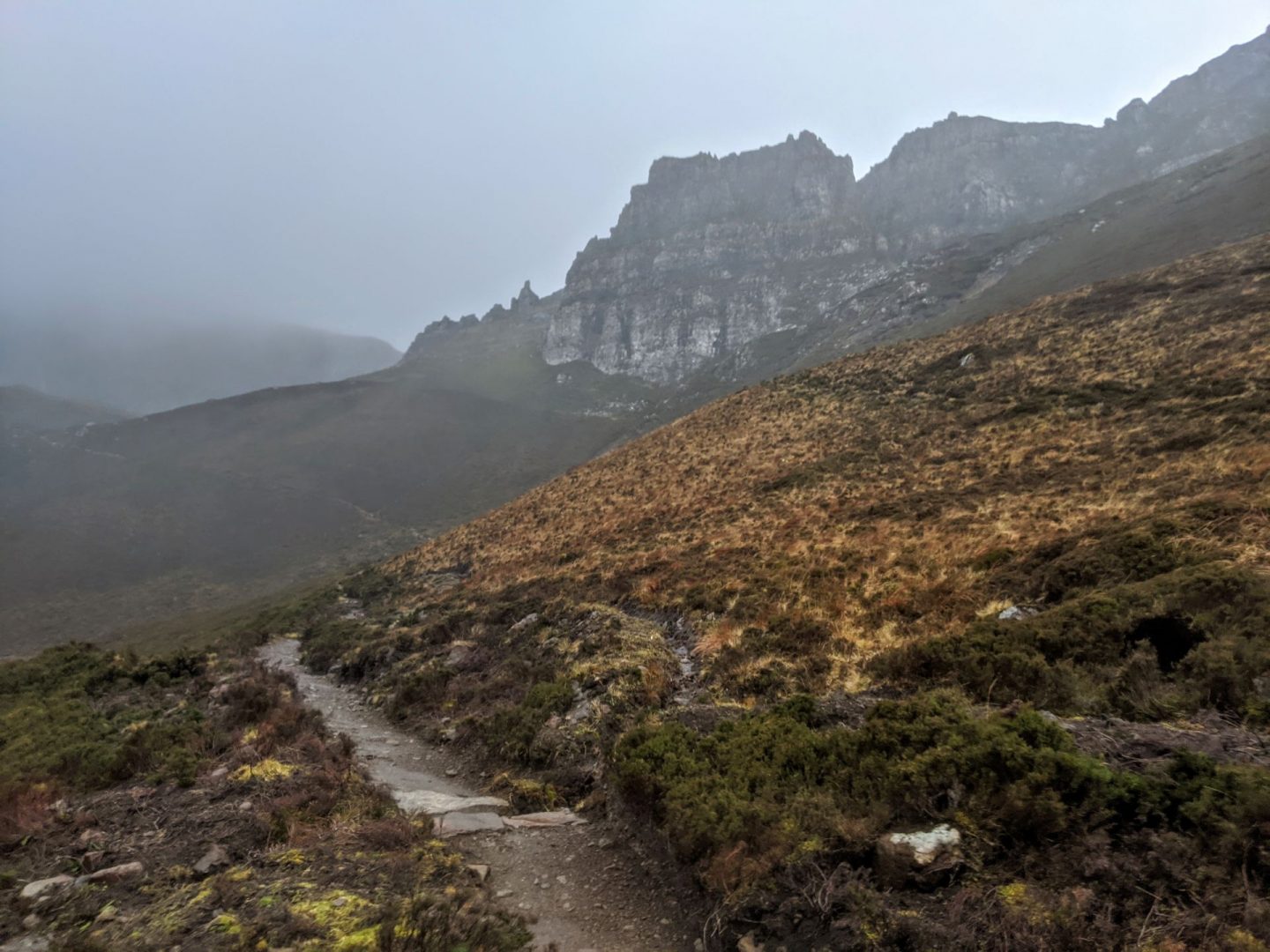
Experience and Limits – Recognise that everyone has their limits and plan a route that’s appropriate for the experience, fitness and skills of the whole group. Planning a hill walking route that’s too demanding for the group can put people’s safety at risk. Mountains have demands that people may not be used to.
The route – Plan your route and write it down. Check whether it is appropriate for you and all members of the group, given weather forecast, distance, fitness etc. Also take account of any access restrictions, and whether you are allowed there in the first place. Once you’ve written down the route, give it to a designated Emergency Point of Contact, see below.
The weather – The weather can play a huge part in the day’s success and your safety on the mountain. Check the forecast and be realistic about whether the intended route is appropriate given the forecast. Temperature drops as you get higher, it rains more and winds become much stronger, leading to wind chill. Poor weather conditions are a major contributing factor to mountain rescues, as those conditions catch out those who have not planned for their mountain & hill walking safety.
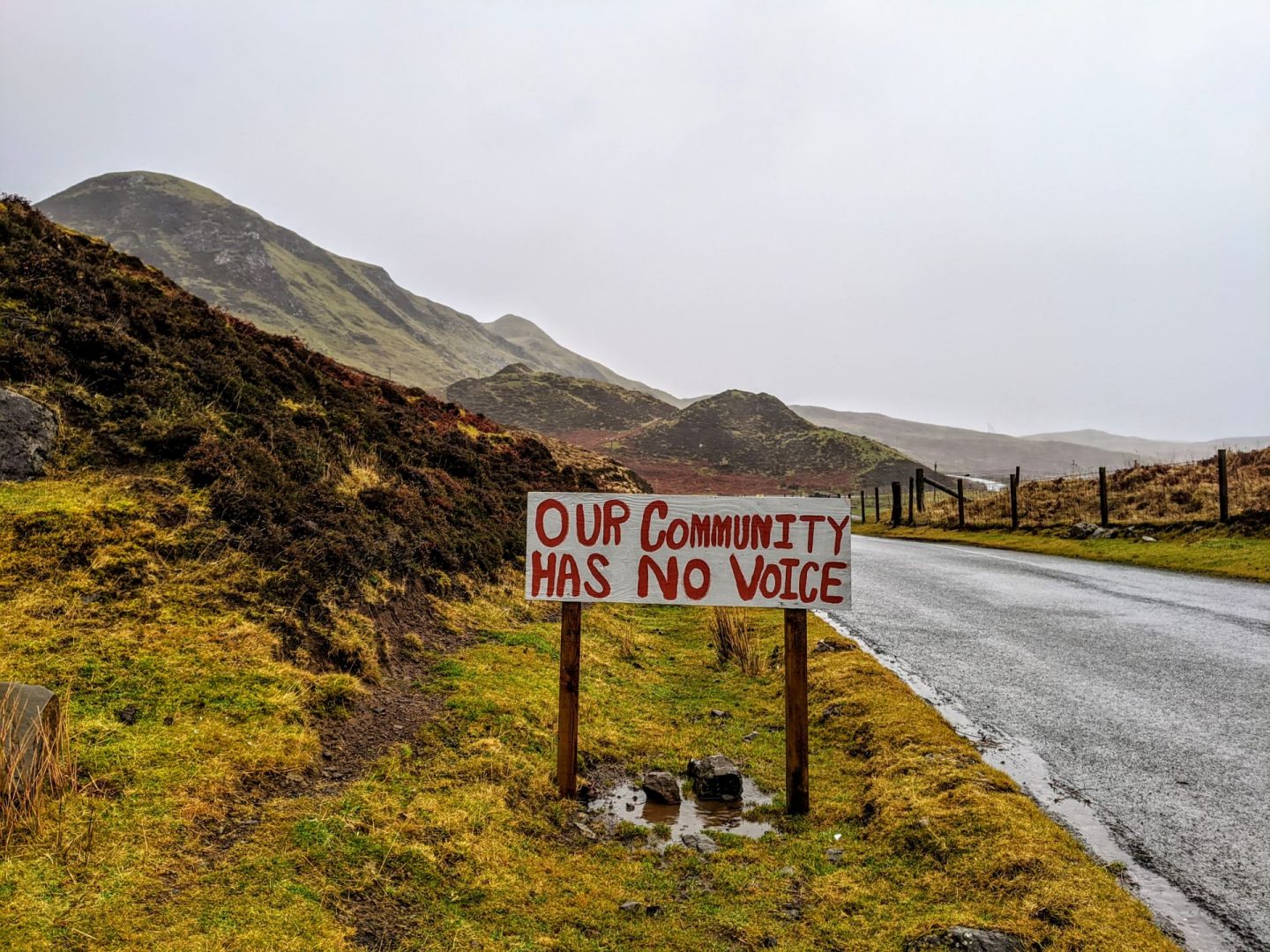
Emergency procedures – If things go bad, you need to have a plan, and that plan should be prepared before you leave home. Know how to call for help and what information you should leave with a designated Emergency Point of Contact (EPOC). Also consider how you will call for help in remote areas where there’s no mobile signal. If things go wrong and your need to be rescued off the mountain, your plans left with your EPOC will be important information for the emergency services.
Hypothermia – Hypothermia is brought about by cold & wet conditions, physical exertion and insufficient calories for the exercise, leading to exhaustion. Everyone should know about hypothermia and understand the symptoms, as it can kill. People’s safety on the hill will be put at risk if hypothermia is not understood.
Clothing – Your clothing on the hill needs to keep you warm and dry. Carry enough, but not too much that it will slow you down
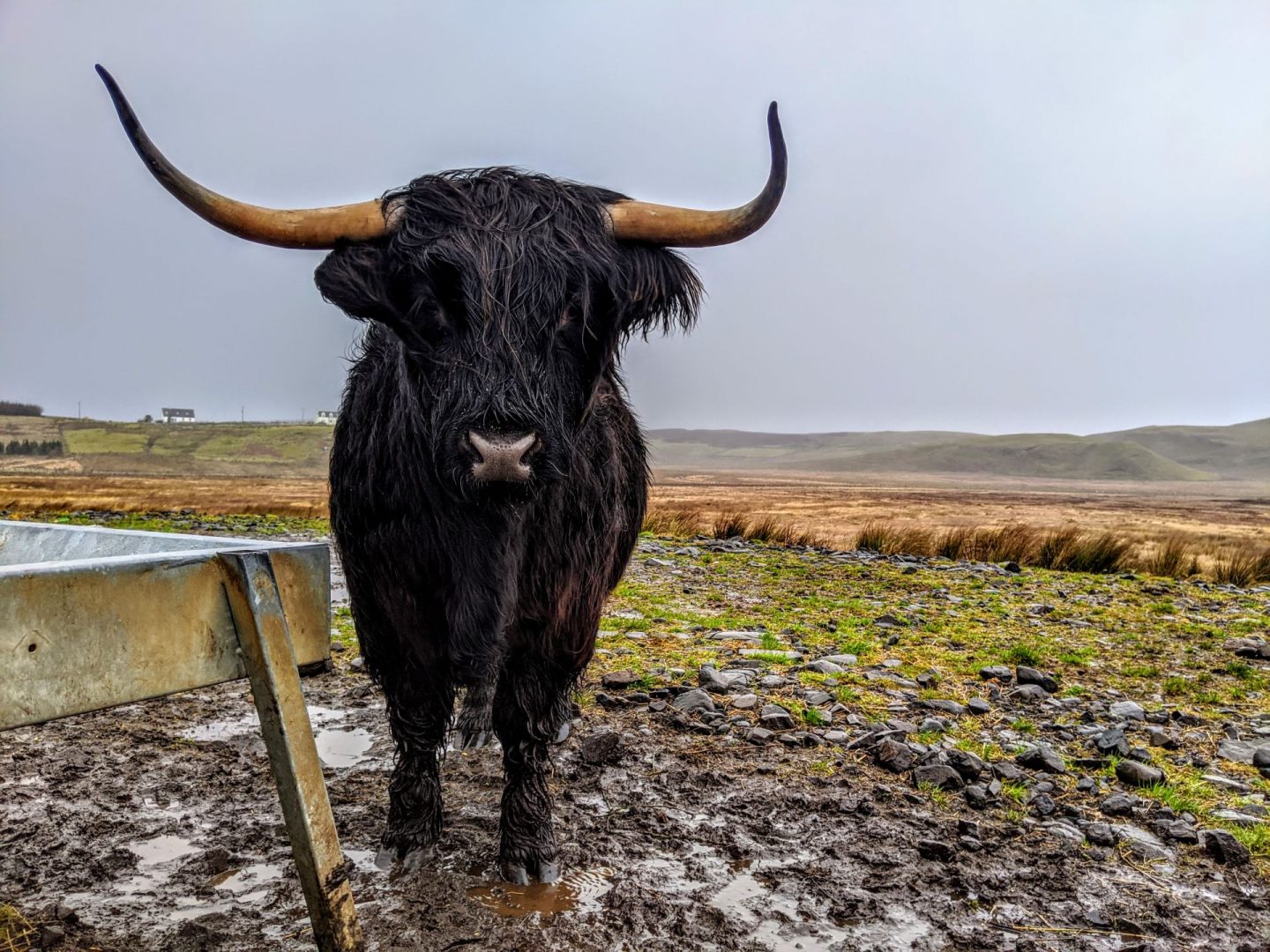
Essential kit – Aside from clothing there are some other items of kit that you most not be without, which include: map & compass, survival bag and a torch – even in summer. These items are of primary importance when planning your day and safety considerations for the mountain.
Food & drink – You’ll use more energy walking up a hill than sitting watching TV, thus you need to take food appropriate to the route and energy requirements, and carry sufficient water for the day (or have planned where you’ll fill-up en route). Some people in the group may have little idea about the types of food that are best for ‘hill energy’. A contributing factor to hypothermia is having insufficient calorie intake. Do not under estimate the correct choice of food for your safety in the mountains.
First aid – Always have a first aid kit within the group, which will allow you to deal with small situations. Consider a first aid course, specifically one that deals with mountain & hill situations, so that you are prepared to deal with common medical conditions together with life threatening situations that you may encounter.
